Shitong Zhu
University of California Riverside
Compliance Brain Assistant: Conversational Agentic AI for Assisting Compliance Tasks in Enterprise Environments
Jul 24, 2025Abstract:This paper presents Compliance Brain Assistant (CBA), a conversational, agentic AI assistant designed to boost the efficiency of daily compliance tasks for personnel in enterprise environments. To strike a good balance between response quality and latency, we design a user query router that can intelligently choose between (i) FastTrack mode: to handle simple requests that only need additional relevant context retrieved from knowledge corpora; and (ii) FullAgentic mode: to handle complicated requests that need composite actions and tool invocations to proactively discover context across various compliance artifacts, and/or involving other APIs/models for accommodating requests. A typical example would be to start with a user query, use its description to find a specific entity and then use the entity's information to query other APIs for curating and enriching the final AI response. Our experimental evaluations compared CBA against an out-of-the-box LLM on various real-world privacy/compliance-related queries targeting various personas. We found that CBA substantially improved upon the vanilla LLM's performance on metrics such as average keyword match rate (83.7% vs. 41.7%) and LLM-judge pass rate (82.0% vs. 20.0%). We also compared metrics for the full routing-based design against the `fast-track only` and `full-agentic` modes and found that it had a better average match-rate and pass-rate while keeping the run-time approximately the same. This finding validated our hypothesis that the routing mechanism leads to a good trade-off between the two worlds.
Adversarial Attacks on Black Box Video Classifiers: Leveraging the Power of Geometric Transformations
Oct 05, 2021
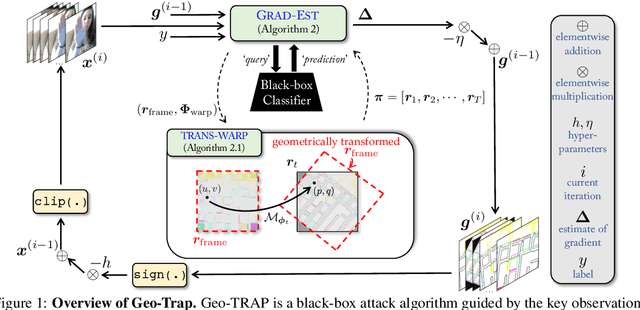
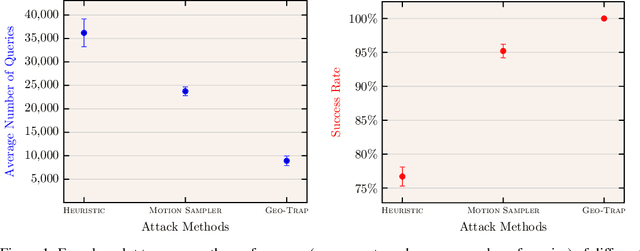
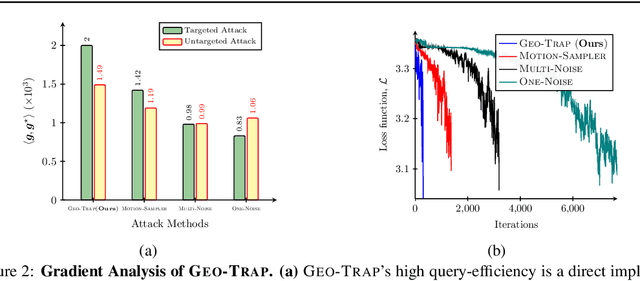
Abstract:When compared to the image classification models, black-box adversarial attacks against video classification models have been largely understudied. This could be possible because, with video, the temporal dimension poses significant additional challenges in gradient estimation. Query-efficient black-box attacks rely on effectively estimated gradients towards maximizing the probability of misclassifying the target video. In this work, we demonstrate that such effective gradients can be searched for by parameterizing the temporal structure of the search space with geometric transformations. Specifically, we design a novel iterative algorithm Geometric TRAnsformed Perturbations (GEO-TRAP), for attacking video classification models. GEO-TRAP employs standard geometric transformation operations to reduce the search space for effective gradients into searching for a small group of parameters that define these operations. This group of parameters describes the geometric progression of gradients, resulting in a reduced and structured search space. Our algorithm inherently leads to successful perturbations with surprisingly few queries. For example, adversarial examples generated from GEO-TRAP have better attack success rates with ~73.55% fewer queries compared to the state-of-the-art method for video adversarial attacks on the widely used Jester dataset. Overall, our algorithm exposes vulnerabilities of diverse video classification models and achieves new state-of-the-art results under black-box settings on two large datasets.
Connecting the Dots: Detecting Adversarial Perturbations Using Context Inconsistency
Jul 24, 2020
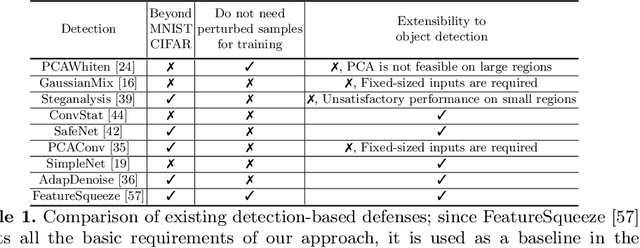
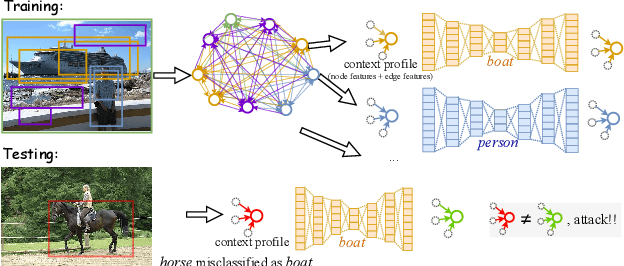

Abstract:There has been a recent surge in research on adversarial perturbations that defeat Deep Neural Networks (DNNs) in machine vision; most of these perturbation-based attacks target object classifiers. Inspired by the observation that humans are able to recognize objects that appear out of place in a scene or along with other unlikely objects, we augment the DNN with a system that learns context consistency rules during training and checks for the violations of the same during testing. Our approach builds a set of auto-encoders, one for each object class, appropriately trained so as to output a discrepancy between the input and output if an added adversarial perturbation violates context consistency rules. Experiments on PASCAL VOC and MS COCO show that our method effectively detects various adversarial attacks and achieves high ROC-AUC (over 0.95 in most cases); this corresponds to over 20% improvement over a state-of-the-art context-agnostic method.
A4 : Evading Learning-based Adblockers
Jan 29, 2020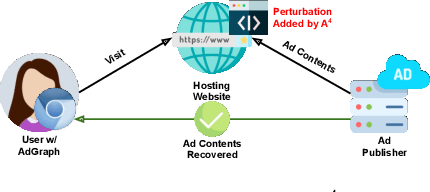
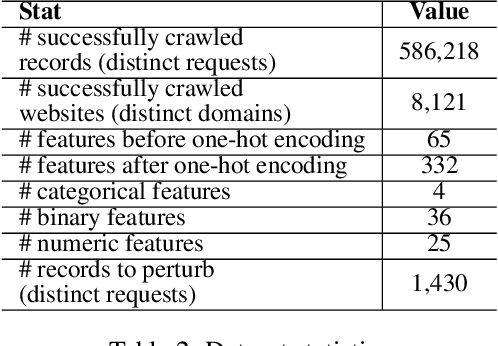
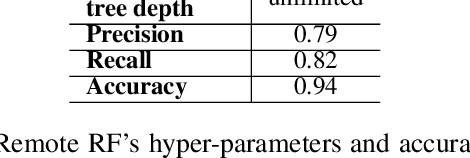
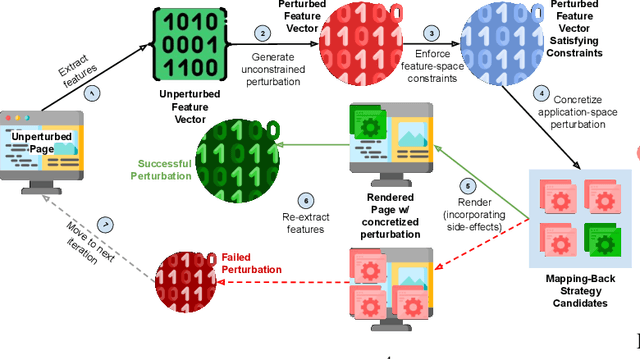
Abstract:Efforts by online ad publishers to circumvent traditional ad blockers towards regaining fiduciary benefits, have been demonstrably successful. As a result, there have recently emerged a set of adblockers that apply machine learning instead of manually curated rules and have been shown to be more robust in blocking ads on websites including social media sites such as Facebook. Among these, AdGraph is arguably the state-of-the-art learning-based adblocker. In this paper, we develop A4, a tool that intelligently crafts adversarial samples of ads to evade AdGraph. Unlike the popular research on adversarial samples against images or videos that are considered less- to un-restricted, the samples that A4 generates preserve application semantics of the web page, or are actionable. Through several experiments we show that A4 can bypass AdGraph about 60% of the time, which surpasses the state-of-the-art attack by a significant margin of 84.3%; in addition, changes to the visual layout of the web page due to these perturbations are imperceptible. We envision the algorithmic framework proposed in A4 is also promising in improving adversarial attacks against other learning-based web applications with similar requirements.
AdGraph: A Machine Learning Approach to Automatic and Effective Adblocking
May 22, 2018

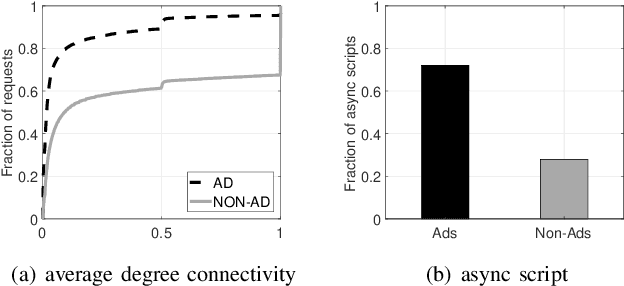
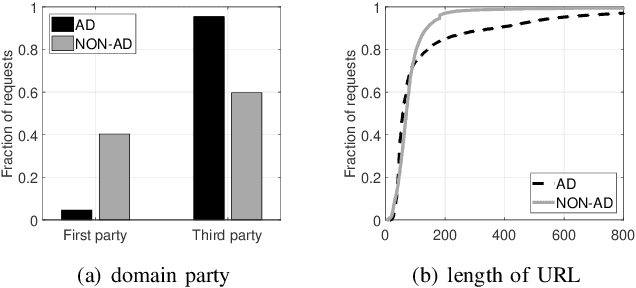
Abstract:Filter lists are widely deployed by adblockers to block ads and other forms of undesirable content in web browsers. However, these filter lists are manually curated based on informal crowdsourced feedback, which brings with it a significant number of maintenance challenges. To address these challenges, we propose a machine learning approach for automatic and effective adblocking called AdGraph. Our approach relies on information obtained from multiple layers of the web stack (HTML, HTTP, and JavaScript) to train a machine learning classifier to block ads and trackers. Our evaluation on Alexa top-10K websites shows that AdGraph automatically and effectively blocks ads and trackers with 97.7% accuracy. Our manual analysis shows that AdGraph has better recall than filter lists, it blocks 16% more ads and trackers with 65% accuracy. We also show that AdGraph is fairly robust against adversarial obfuscation by publishers and advertisers that bypass filter lists.
 Add to Chrome
Add to Chrome Add to Firefox
Add to Firefox Add to Edge
Add to Edge